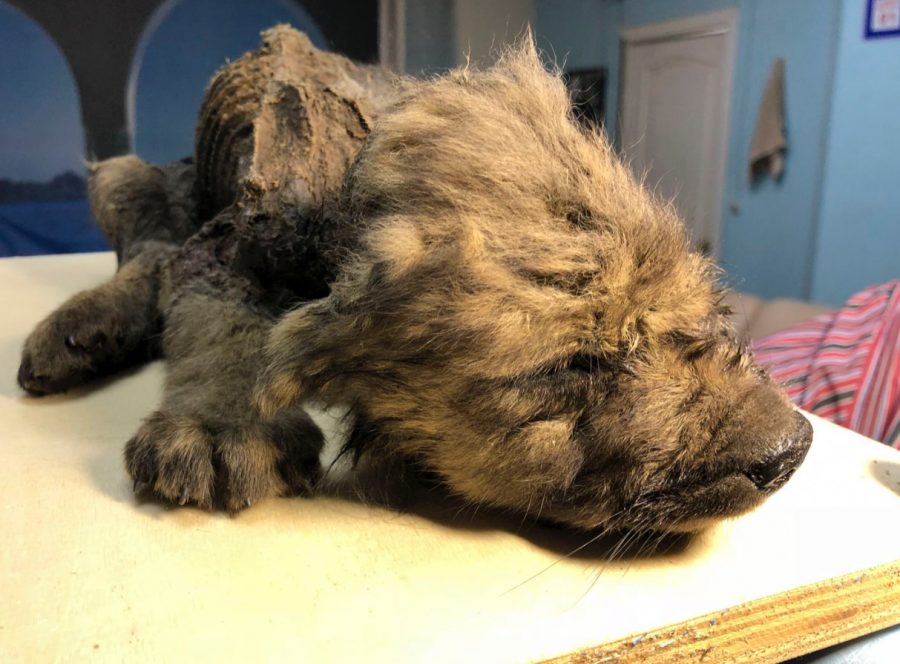Scientists “Working Like a Dog” to Uncover Genetic Mysteries of New Canine Discovery
December 6, 2019
Last year, locals in Yakutia, Russia found a small puppy frozen in ice. Those locals took him to the Mammoth Museum essentially in a block of ice, where scientists were able to carefully clean him off and find out as much about him as they could. By studying one of his rib bones, the scientists were able to determine both when the puppy lived, 18,000 years ago, and the puppy’s age, 2 months. Further studies that involved examining the animal’s DNA showed that this puppy, whom the scientists named Dogor, was part of the missing evolutionary link between wolves and modern dogs. Finding this DNA was relatively easy, since the freezing Russian ice preserved Dogor’s fur, teeth, and bones. The Russian scientists just published their findings along with Dogor’s name this week, but this was not the first time Russians have found frozen dogs.
In 2011, hunters who were searching for mammoth tusks discovered a small puppy that was frozen in ice after being covered in mud. While this pup wasn’t very useful for science since only a few of its organs were preserved, scientists were able to find another puppy near it in 2015. This second dog was preserved very well, with its brain being 70-80% intact. Scientists estimated that these dogs were siblings who lived around 12,400 years ago. They were both killed in a landslide and then frozen in permafrost.
All of these discoveries are helping scientists around the world figure out how canines changed from wild wolves to the domestic dogs we have today. While researchers have made great progress already, they still are not done examining the puppies. The Russian scientists want to check Dogor’s DNA to see if they made any mistakes. At the same time, scientists in Sweden and England want to examine Dogor for themselves. These studies will undoubtedly lead to new discoveries about how the different species of dogs emerged from wolves.

